
La Mesa Ecopark: Metro Manila’s Hidden Oasis
Nestled in the heart of Quezon City, La Mesa Ecopark stands as a serene sanctuary, offering both a retreat for nature lovers and an educational
Plaza Miranda is a bustling public square situated at the crossroads of Quezon Boulevard, Hidalgo Street, and Evangelista Street in Quiapo, Manila. It is prominently positioned in front of the Minor Basilica and National Shrine of Jesus Nazareno, more commonly known as Quiapo Church. This location makes Plaza Miranda a central and significant landmark in the Quiapo district, which is known for its vibrant street life and historical importance.





ABOVE: Many vendors sell multi-colored candles, each representing a different purpose, along with sampaguita flowers and religious items like statues and rosaries, reflecting the area’s close connection to Quiapo Church.
ABOVE: Many vendors sell multi-colored candles, each representing a different purpose, along with sampaguita flowers and religious items like statues and rosaries, reflecting the area’s close connection to Quiapo Church.
The square serves as a dynamic space for gatherings and events, reflecting its role as a focal point in the heart of Manila. Its central location contributes to its popularity as a meeting place and a venue for various public activities and celebrations.
Plaza Miranda was redesigned and inaugurated in its modern form by Mayor Arsenio Lacson in 1961. The plaza is named in honor of José Sandino y Miranda, who served as the Secretary of the Treasury of the Philippines from 1833 to 1854. This renaming and redesign marked a significant transformation of the plaza, highlighting its importance in the city’s historical and civic life.
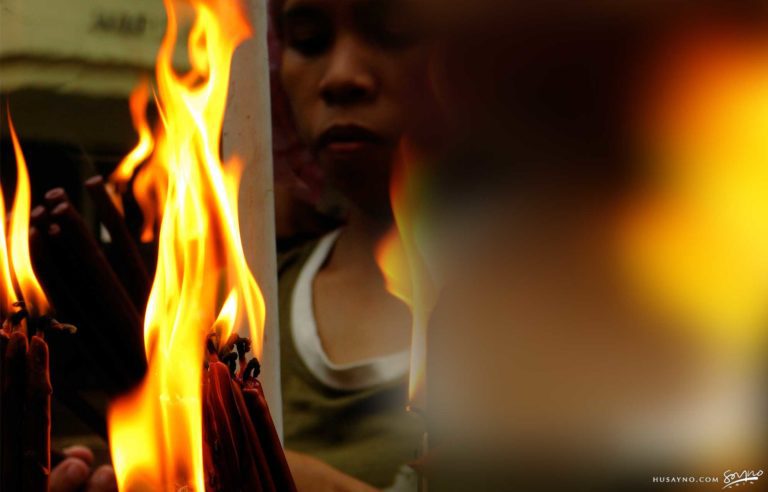
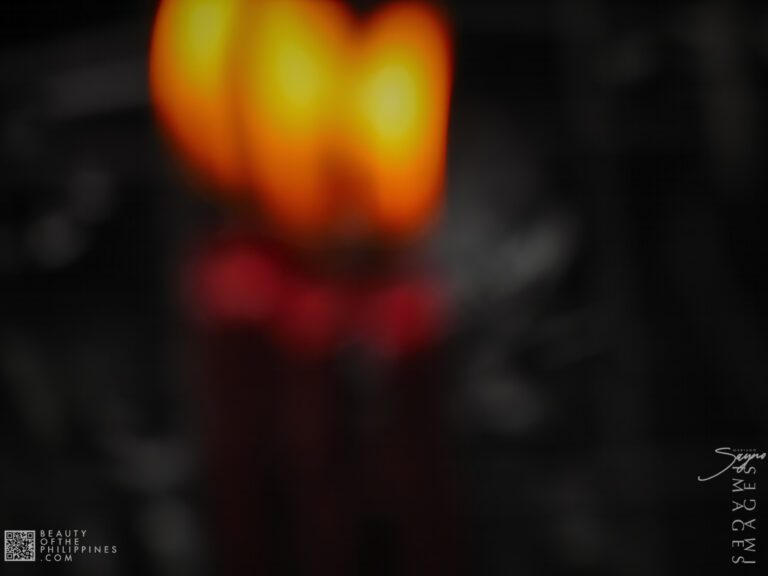
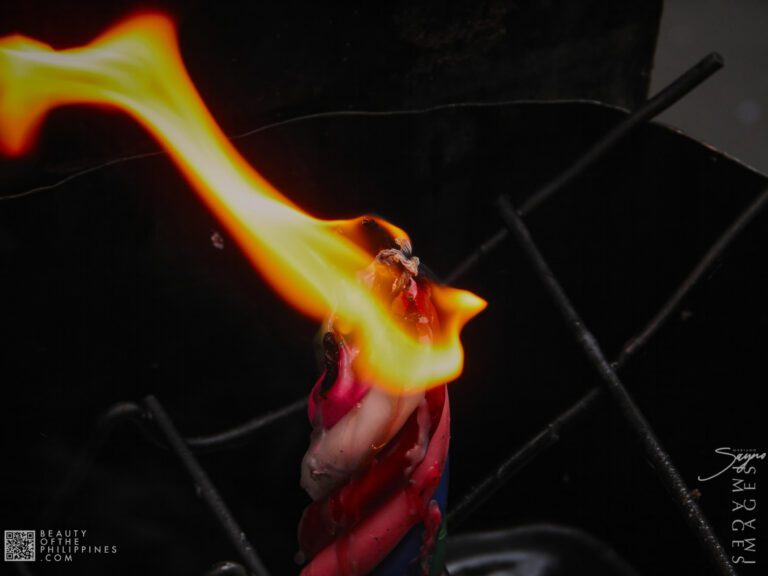
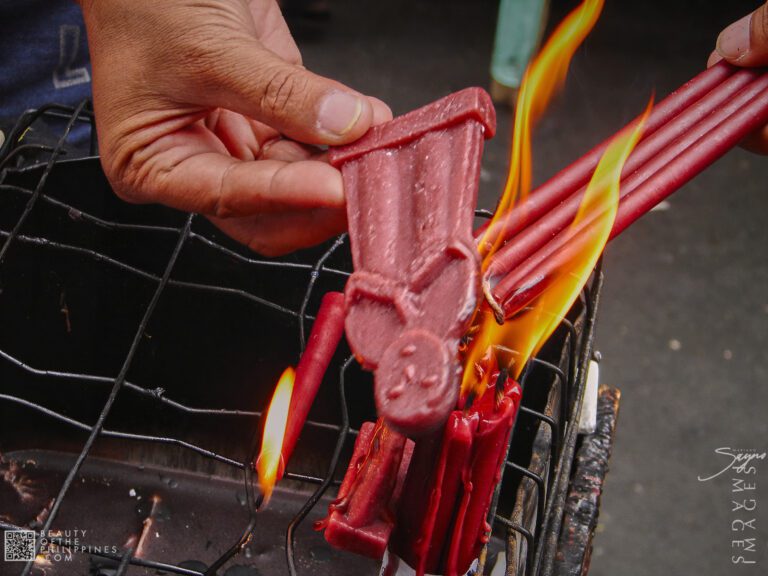
The plaza is deeply ingrained in Philippine political history, particularly due to the tragic events of the 1971 Plaza Miranda bombing. During a Liberal Party rally, grenades were thrown, resulting in nine deaths and significant political repercussions. This incident set the stage for the massive Movement of Concerned Citizens for Civil Liberties (MCCCL) rally led by Senator Jose W. Diokno on September 21, 1972, where 50,000 people gathered to protest against the impending declaration of martial law. The declaration came just hours after the rally, underscoring the plaza’s role as a critical site for political activism.





ABOVE: Vendors sell a variety of amulets and talismans, each with unique protective qualities, which are part of Filipino beliefs and culture and are thought to offer protection and bring good luck.
ABOVE: Vendors sell a variety of amulets and talismans, each with unique protective qualities, which are part of Filipino beliefs and culture and are thought to offer protection and bring good luck.
Covering an area of 5,358 square meters (57,670 square feet), Plaza Miranda is defined by its striking architectural elements and expansive layout. The plaza is bordered by Quiapo Church to the north, Quezon Boulevard to the east, Hidalgo Street to the south, and Evangelista Street to the west. Its design includes a granite tile surface that enhances its aesthetic appeal and functionality.
The architectural style of Plaza Miranda is influenced by the Neo-Gothic design of Quiapo Church. The plaza features grand entrance arches on its western side, adorned with the coat of arms of Manila and accompanied by smaller arches that create a covered colonnade. A larger and more elaborate arch is located at the plaza’s southern edge, near the intersection of R. Hidalgo and Villalobos Streets. These design elements not only pay homage to the nearby church but also contribute to the plaza’s distinctive visual character.


Plaza Miranda is home to significant historical markers that commemorate important events. At the southwest corner, a plaque dedicated to the 1971 Plaza Miranda bombing was unveiled by President Gloria Macapagal Arroyo on August 21, 2002. This marker serves as a reminder of the tragic event that shaped the plaza’s historical narrative.


The southeast corner of the plaza, facing Quezon Boulevard, features a 35-foot (11-meter) marble obelisk crowned with a statue of a woman holding a torch, symbolizing freedom. This obelisk is flanked by columns with urns made of cast iron and bronze, which also function as gas-fired cauldrons for special events. On August 30, 2005, this corner was named “Plaridel Corner” to honor Marcelo H. del Pilar, a prominent figure in Philippine history. The plaque at this corner, written in Filipino, includes a quote attributed to French philosopher Voltaire, further enriching the plaza’s historical and cultural significance.

RELATED STORIES

Nestled in the heart of Quezon City, La Mesa Ecopark stands as a serene sanctuary, offering both a retreat for nature lovers and an educational
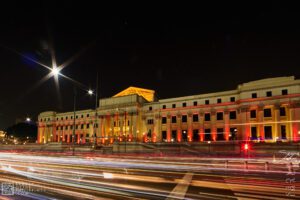
Manila, the vibrant capital of the Philippines, is home to a wealth of cultural and historical landmarks, and among its crown jewels is the National

Nestled at the crossroads of Las Piñas in Metro Manila and Bacoor in Cavite, the Zapote Bridge stands as a silent yet powerful witness to

It is the home of the popular Asian elephant, Mali, as well as 90 other species. As well as being a landmark in Manila, the

The vicinity around Plaza Miranda features several notable buildings and landmarks. Besides Quiapo Church, the Picache Building, which formerly housed the headquarters of the Philippine Savings Bank, and the Times Theater, one of Manila’s oldest cinemas, stand out. Previously, an electronic news ticker operated by The Manila Times once stood across from the current Plaridel Corner, but it has since been replaced by a new building with a large LED display.
R. Hidalgo Street, adjacent to the plaza, is well-known as a “photographers’ haven.” This area is home to numerous long-standing shops offering photography-related services, catering to both amateur and professional photographers. The street’s reputation as a photography hub underscores its importance in Manila’s cultural and commercial landscape.
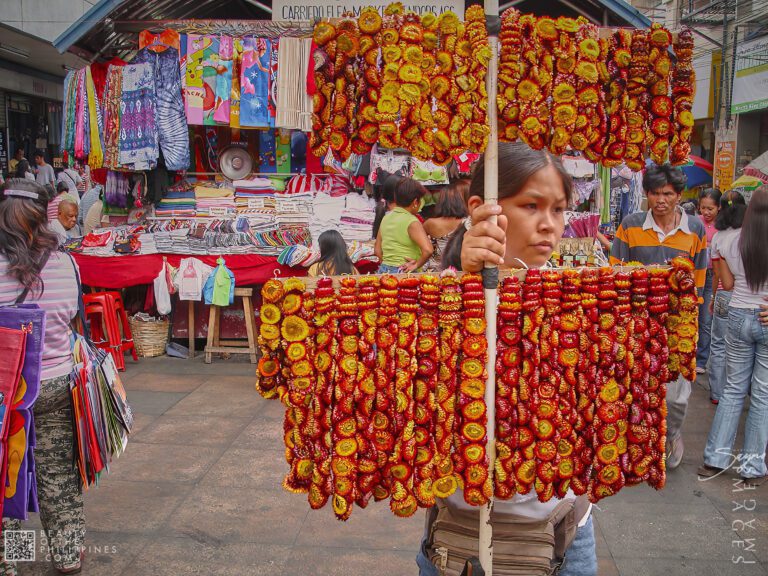
ABOVE: In Quiapo, Manila, a street vendor sells garlands made of dried everlasting flowers, often used for religious offerings during the Black Nazarene feast as a symbol of devotion and faith.
ABOVE: In Quiapo, Manila, a street vendor sells garlands made of dried everlasting flowers, often used for religious offerings during the Black Nazarene feast as a symbol of devotion and faith.
Today, Plaza Miranda serves as a lively freedom park, reminiscent of Manila’s own version of Times Square. It is a bustling space where thousands of people traverse daily, reflecting its continued role as a central public venue. The plaza hosts various events and gatherings, reinforcing its importance in the community.

In addition to its role as a public space, Plaza Miranda is famous for its association with fortune-telling and the sale of lucky charms. Many practitioners in the area attribute their skills to their devotion to the Black Nazarene, the patron of Quiapo Church, despite the Catholic Church’s disapproval of such practices. This unique aspect of Plaza Miranda adds to its character and significance within Manila’s diverse cultural landscape.
I’m looking forward to the stories and images leaving a lasting positive impression on you, just as they have on me. Stay connected with us on social media for a weekly exploration of travel assignments and breathtaking visuals. Our focus is on championing local tourism, showcasing small businesses, and honoring the magnificence of the Philippines through the content we curate. Join us in spreading the word by clicking the ‘share’ buttons below. Your support means the world to us.
EXPLORE MORE about

As the nation’s first ever world-class marine theme park, Manila Ocean Park is located in Ermita Manila, within the Philippines’ largest urban resort/aqua-themed hotel complex
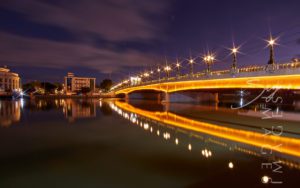
The newly restored Jones Bridge is easily recognizable by its beautifully designed black lamp posts—the same ones that were there when the bridge was first
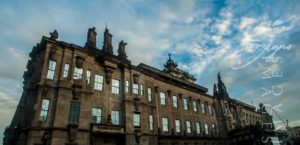
UST, also known as the University of Santo Tomas, is a private Roman Catholic university located in Sampaloc, Manila. It was founded on 28 April
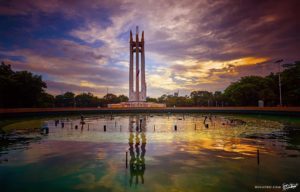
One of Quezon City’s main parks is the Quezon Memorial Circle, which is located in Quezon City and is surrounded by an elliptical road, making
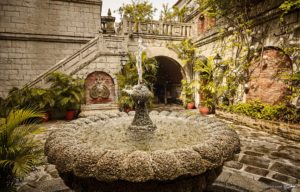
Casa Manila, located in the heart of Intramuros, Manila, is a living museum that transports visitors to the grandeur of the Spanish colonial era. As
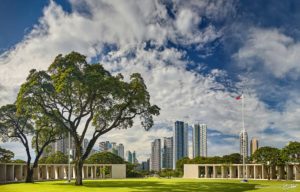
Manila American Cemetery and Memorial is located in the heart of Taguig City on the lands of Fort Bonifacio and serves as the largest grave
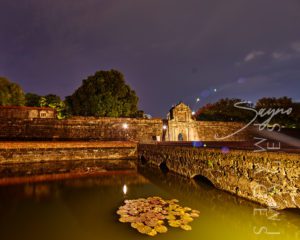
It is also known as the Walled City, and during the Spanish Colonial Period it was synonymous with the city of Manila. Intramuros was also

The Bonifacio Monument, also called Bonifacio Monumento or Monumento, proudly stands in Caloocan City, Metro Manila. It is a powerful symbol created by the National
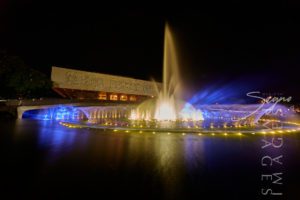
The Cultural Center of the Philippines or CCP was founded in 1966 under the directive of former President Ferdinand Marcos, in order to reinforce and
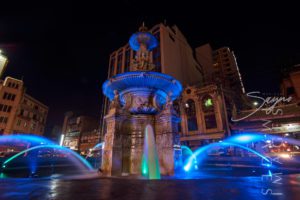
If you’re ever wandering through the lively streets of Manila, one of the city’s must-see spots is the iconic Carriedo Fountain. Nestled in the heart
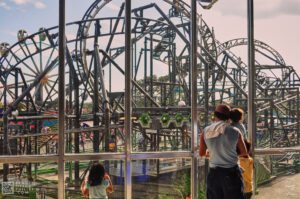
Nestled in the heart of Pasay City within the Cultural Center of the Philippines Complex, Star City stands as one of the premier amusement parks
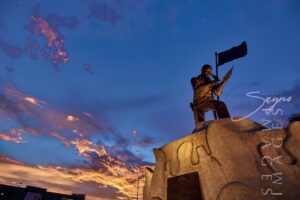
The Andres Bonifacio Birthplace Monument in Tutuban, Divisoria stands as a powerful symbol of Filipino patriotism and a tribute to the courage and leadership of Andres
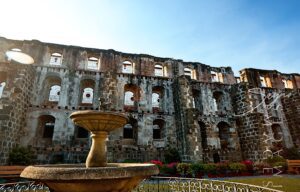
Located within the historic district of Intramuros, Manila, Padre Blanco Gardens—also known as Father Blanco’s Garden—offers a charming and romantic retreat amid centuries-old architecture. This
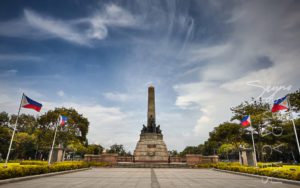
Located along Roxas Boulevard, Manila and adjacent to the century-old walled city of Intramuros, the Luneta National Park, or “Luneta” as many refer to it,
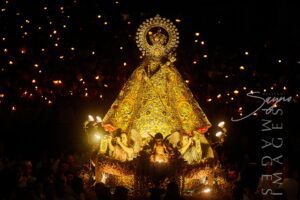
Every October, the vibrant streets of Quezon City come alive with faith, devotion, and rich cultural traditions during the Feast of La Naval de Manila.
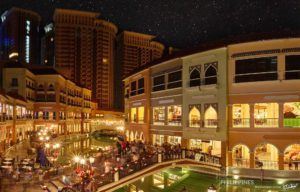
Located in the heart of the Taguig City, the Venice Grand Canal is a lifestyle mall development under the Megaworld Lifestyle Malls Located inside the
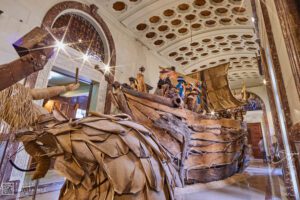
The National Museum of Anthropology, located in the heart of Manila within the National Museum Complex, is a must-visit destination for travelers eager to explore
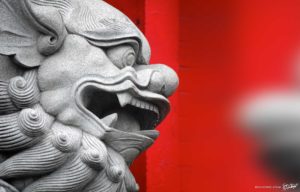
In addition to being considered the oldest Chinatown in the world, Binondo Chinatown is also the center of trade and commerce in Manila City. In
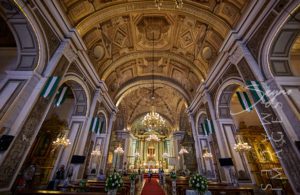
Known as one of the most important baroque churches in the Philippines and as one of the only four baroque churches in the Philippines that

Nestled in the heart of Quezon City, La Mesa Ecopark stands as a serene sanctuary, offering both a retreat for nature lovers and an educational
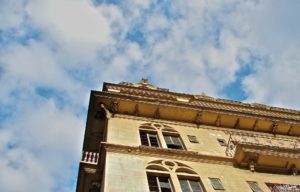
It is always a surprise for buildings, parks and houses to survive such wars as it is almost inevitable that everything will be brought down

It is the home of the popular Asian elephant, Mali, as well as 90 other species. As well as being a landmark in Manila, the
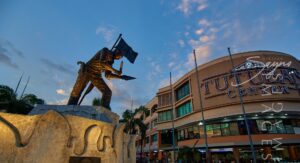
Situated in the heart of Manila, Tutuban Center is more than just a shopping destination—it’s a vibrant mix of history, commerce, and culture that draws

Originally built in 1880, the Manila Cathedral is the current version of the longstanding Church of Manila. It is a masterpiece of architecture that was
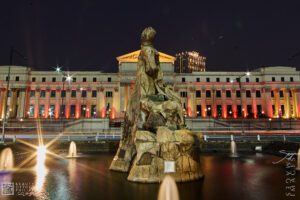
The Gomburza National Monument, located in front of the National Museum of Fine Arts along Padre Burgos Avenue in Manila, stands as a solemn tribute
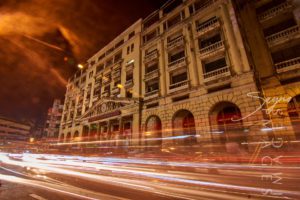
I experienced the vibrant and colorful life of downtown in full. I took some time to appreciate the beauty of Santa Cruz Church and Plaza
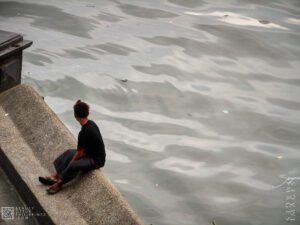
Quezon Bridge, a striking steel arch bridge spanning the Pasig River, is more than just a vital transportation link—it is a historical icon of Manila.

The University of the Philippines Diliman (UP Diliman) is more than just the country’s premier academic institution—it is a historical, cultural, and natural destination worth

Manila, the vibrant capital of the Philippines, is home to a wealth of cultural and historical landmarks, and among its crown jewels is the National
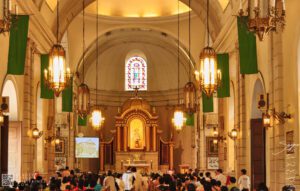
Malate Church stands as a profound symbol of faith, resilience, and artistry, preserving its sacred role and architectural splendor through centuries of triumphs and trials.
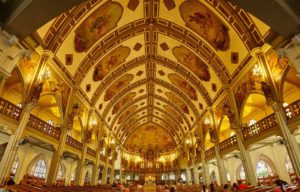
The Manila Abbey San Beda, or formally known as Abbey of Our Lady of Montserrat, is a Benedictine men’s monastery located along the streets of
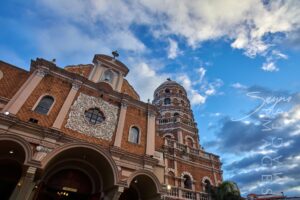
If you’re wandering through the heart of Manila and looking for a place where stories linger and time seems to slow down, Santa Cruz Church
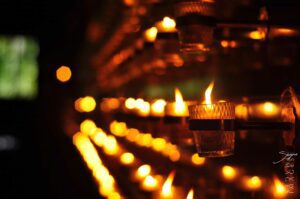
The Padre Pio Chapel, also known as the St. Pio of Pietrelcina Chapel, holds a special place in my heart as a photographer. It revealed
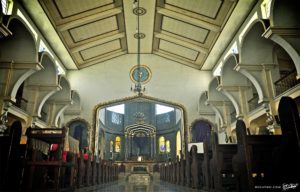
The Polo Church, formally known as the San Diego de Alcala Church, resides in the Polo neighborhood of Valenzuela, Manila. This church has a captivating
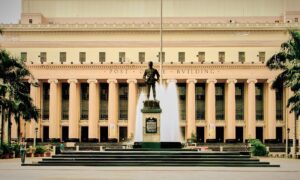
Nestled in the heart of Manila, Liwasang Bonifacio is a place where history, culture, and modern urban life converge. Formerly known as Plaza Lawton, this

Nestled in the historic district of Ermita, Manila City Hall is more than just the seat of the city’s government—it’s a testament to the rich

Nestled at the crossroads of Las Piñas in Metro Manila and Bacoor in Cavite, the Zapote Bridge stands as a silent yet powerful witness to
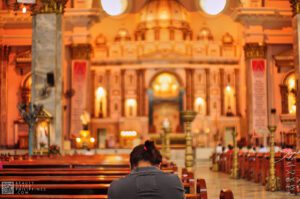
The Binondo Church is a historic church in Manila, located in the District of Binondo, near the Plaza San Lorenzo Ruiz. It was previously called
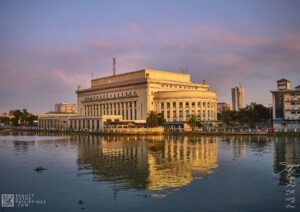
The Manila Post Office, officially known as the Manila Central Post Office, is a distinguished example of neoclassical architecture, originally designed by Juan M. Arellano,
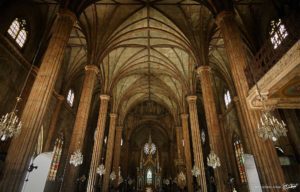
San Sebastian Church is a Roman Catholic Minor Basilica located in Quiapo, Manila. It’s also known as Minor Basilica of San Sebastian or San Sebastian
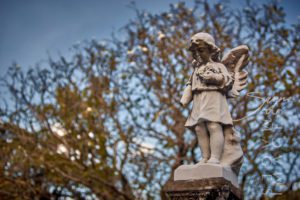
As one of the oldest cemeteries in Manila, Campo Santo De La Loma, commonly referred to as the La Loma Cemetery, is one of the
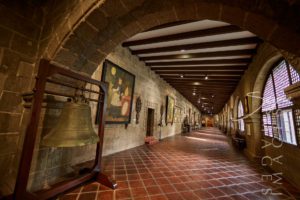
The San Agustin Museum is located adjacent to the UNESCO World Heritage Site, San Agustin Church. It is located in Intramuros—the walled city of Manila—and
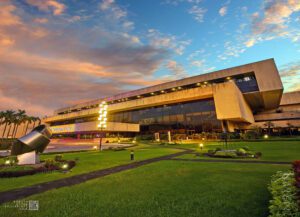
The Philippine International Convention Center (PICC) stands as a monument to the Philippines’ ambition to be a key player on the global stage. With its
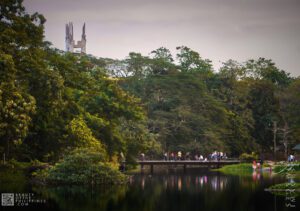
Situated in the heart of Quezon City, the Ninoy Aquino Parks and Wildlife Center (NAPWC) offers a serene retreat from the bustling streets of Metro
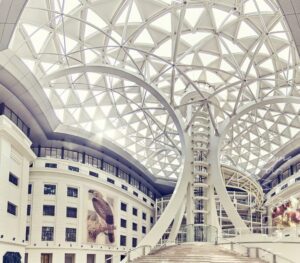
Explore the vibrant tapestry of Manila through its four national museums, each a unique gem in the city’s cultural crown. These four distinguished establishments are
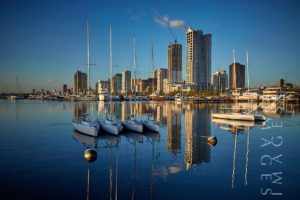
It is considered to be one of the world’s great harbors, the Manila Bay, and it serves as the Port of Manila, Philippines. Having once
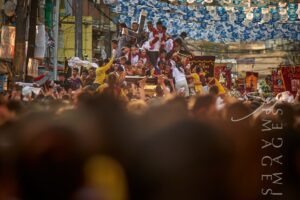
The Nazareno Festival, or the Feast of the Black Nazarene, is one of the most spectacular and deeply moving religious events in the Philippines. Held
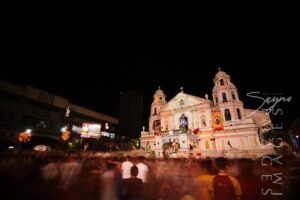
Quiapo, Manila, is home to the historic Quiapo Church, officially known as the Minor Basilica and National Shrine of the Black Nazarene. This revered religious
BROWSE BY CATEGORIES